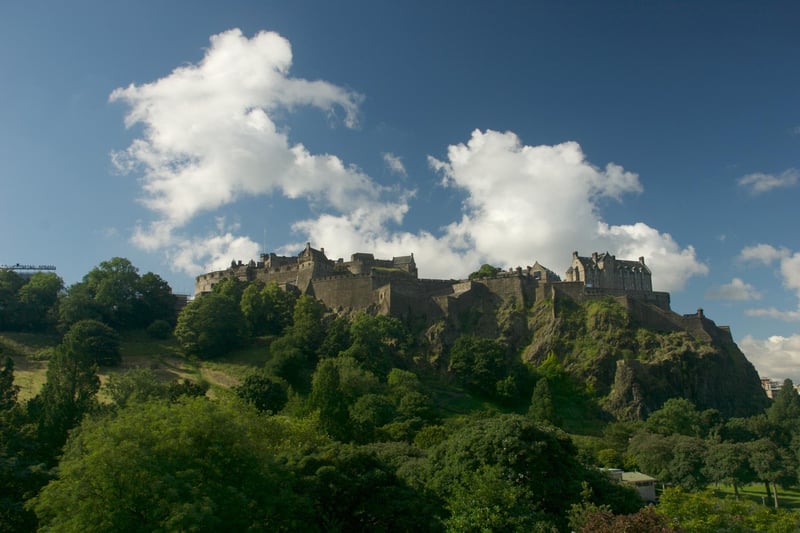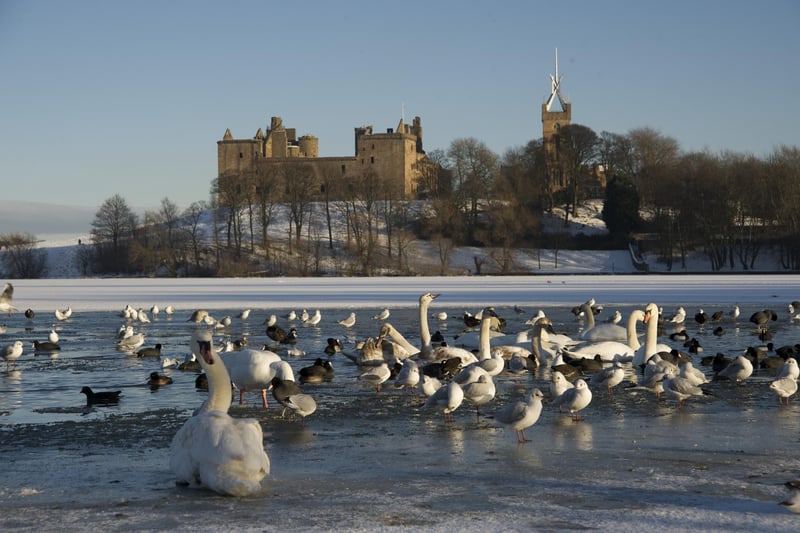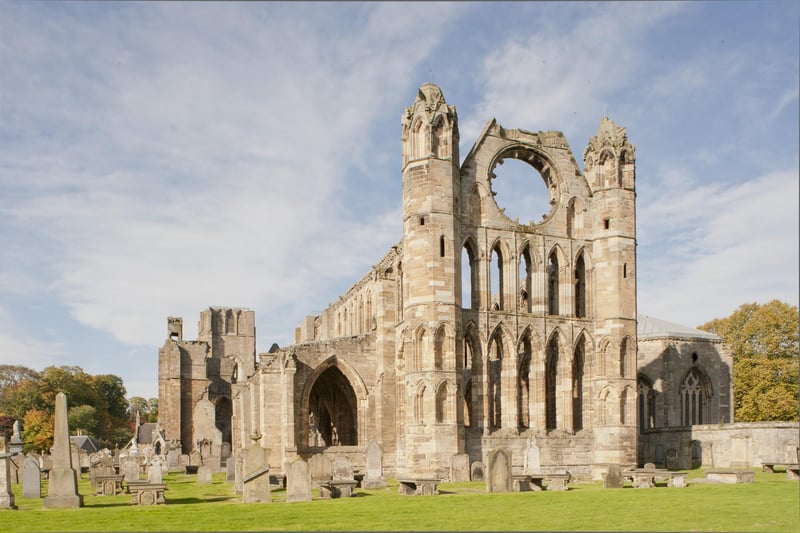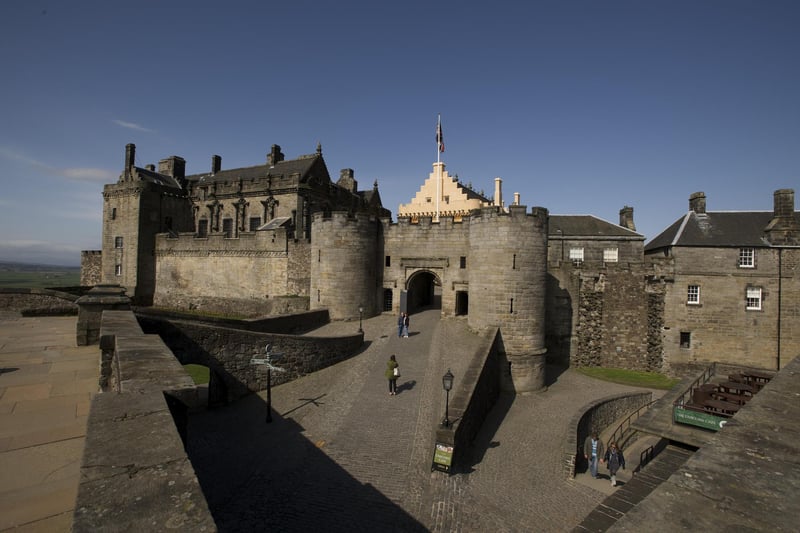With Historic Environment Scotland announcing earlier this week that it will open some of its heritage sites this winter for free on the first Sunday of every month, we’ve taken a more detailed look at the places you can visit.
Historic Sundays will run from October 1, 2023, through to March 3, 2024. Simply pre-book online and show your proof of address on arrival. Although many of the free tickets have already been snapped up for the October Historic Sunday, more tickets are due to be released for the coming months shortly. Visitors are advised by Historic Environment Scotland to keep up to date at their website.

1. Edinburgh Castle
Edinburgh Castle has witnessed many of the defining events in Scotland’s history. Sieges were fought over the mighty stronghold. Royalty lived and died within its walls. Just the sight of the Castle Rock has terrified and inspired countless generations. Photo: HES Archives

2. Linlithgow Palace
Once a majestic royal residence of the Stewarts, Linlithgow Palace today lies roofless and ruined. Yet entering the palace gates still inspires awe in visitors. Photo: HES Archive

3. Elgin Cathedral
Elgin Cathedral, known as the ‘Lantern of the North’, is one of Scotland’s most beautiful medieval cathedrals. Photo: HES Archive

4. Stirling Castle
Stirling Castle has been likened to ‘a huge brooch clasping Highlands and Lowlands together’. From high on a volcanic outcrop, the castle guarded the lowest crossing point of the River Forth for centuries. Today it remains a great symbol of Scottish independence and national pride. Photo: HES Archive
